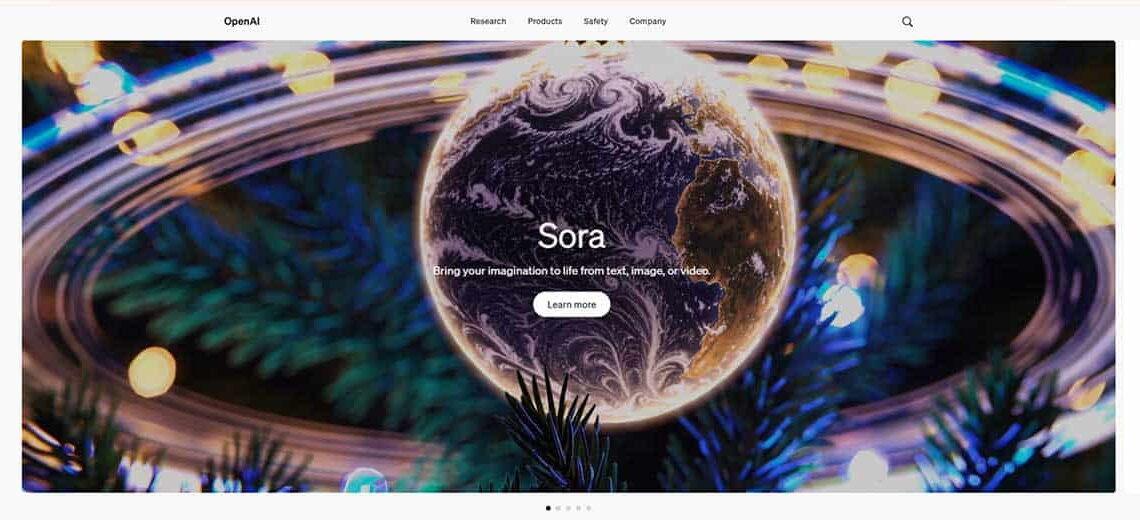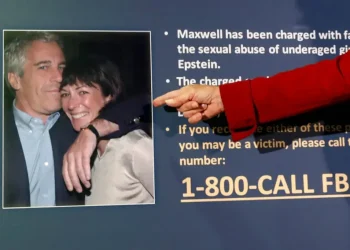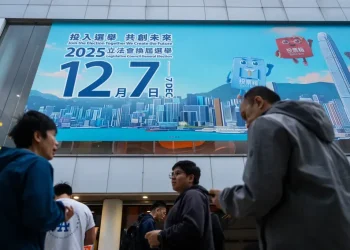OpenAI’s Sora Brings AI-Generated Video to the Masses
OpenAI has introduced Sora, a groundbreaking video creation tool now accessible to millions of ChatGPT subscribers, marking a pivotal moment for AI-generated content.
Why It Matters
Sora represents a large-scale experiment in how people create and consume photorealistic yet synthetic video content. The implications are vast, raising questions about creativity, ethics, and societal norms.
The Big Picture
OpenAI launched Sora with a deliberate intention to foster dialogue about responsible AI use.
“We’re introducing this technology to give society time to explore its potential and co-develop norms and safeguards,” the company stated in its announcement.
Key Features of Sora
- Faster Video Creation: The latest “Turbo” version generates videos up to 20 seconds long at unprecedented speed.
- Customizable Prompts: Users can integrate their own images and add prompts at specific points in the timeline.
- Voice Narration: A feature in testing allows users to narrate videos using AI-generated replicas of their voices in multiple languages.
- Collaboration Tool: Sora is designed as a creative assistant, enabling users to brainstorm and explore ideas.
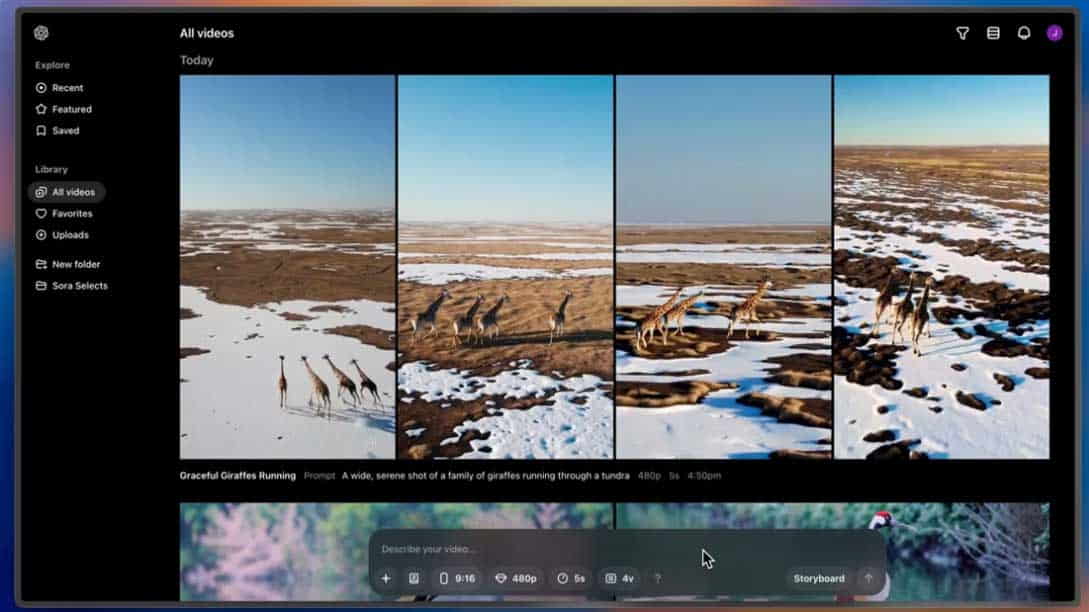
Early Reactions
When OpenAI previewed Sora earlier this year, its capabilities amazed audiences while sparking concerns, particularly in creative industries like Hollywood. Critics argue that tools like Sora exploit copyrighted material to train their algorithms, further inflaming debates about intellectual property and AI ethics.
Prominent tech reviewer Marques Brownlee highlighted some limitations in an early review. For instance, Sora struggles with basic physics, often producing videos where objects mysteriously appear or disappear.
OpenAI’s Stance
Sam Altman, OpenAI’s CEO, emphasized the tool’s cultural significance:
“We don’t want the world to just be text. Video is important to our culture.”
Despite the tool’s promise, OpenAI acknowledges potential misuse. To address this:
- Restricted Uploads: At launch, user-uploaded images of people will face limitations.
- Moderation: Sora will implement conservative content moderation, with feedback shaping its evolution.
- Global Availability: Sora will not be available in Europe and the U.K. initially due to stringent privacy laws.
The Competitive Landscape
OpenAI isn’t the only player.
- Google has introduced Veo to business partners.
- Meta is developing Movie Gen, though it’s not yet public.
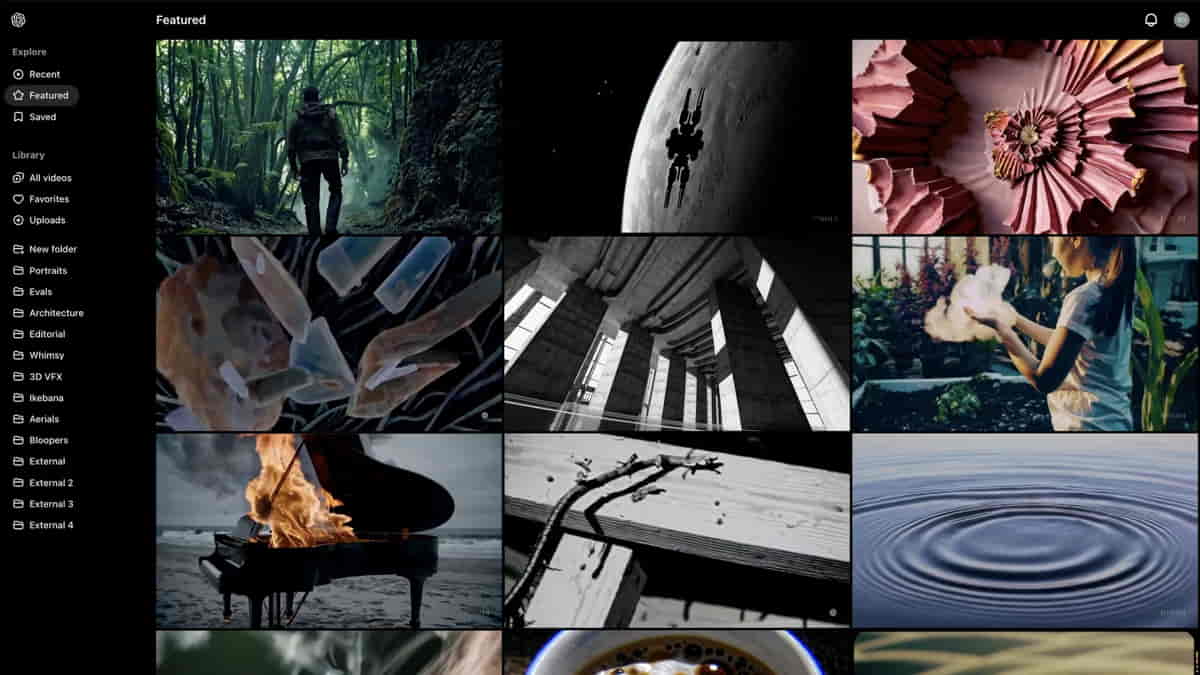
Challenges Ahead
The rise of AI-generated video comes at a time when platforms like TikTok and YouTube already dominate with short-form video content. Observers have mixed feelings: some praise Sora’s potential, while others worry it will flood the internet with low-quality, AI-generated videos.
OpenAI has pledged to combat illegal use cases, such as creating harmful or impersonated content. However, the internet’s tendency to exploit tools for controversial purposes remains a concern.
Looking Forward
Sora’s rollout will be a litmus test for how society handles AI-driven video content. Its evolution could reshape industries, influence norms, and challenge our ability to distinguish between real and synthetic media.
The Bottom Line: With Sora, OpenAI isn’t just launching a product—it’s opening a Pandora’s box of possibilities and dilemmas that will shape our digital future.
This article was rewritten by JournosNews.com based on verified reporting from trusted sources. The content has been independently reviewed, fact-checked, and edited for accuracy, neutrality, tone, and global readability in accordance with Google News and AdSense standards.
All opinions, quotes, or statements from contributors, experts, or sourced organizations do not necessarily reflect the views of JournosNews.com. JournosNews.com maintains full editorial independence from any external funders, sponsors, or organizations.
Stay informed with JournosNews.com — your trusted source for verified global reporting and in-depth analysis. Follow us on Google News, BlueSky, and X for real-time updates.
